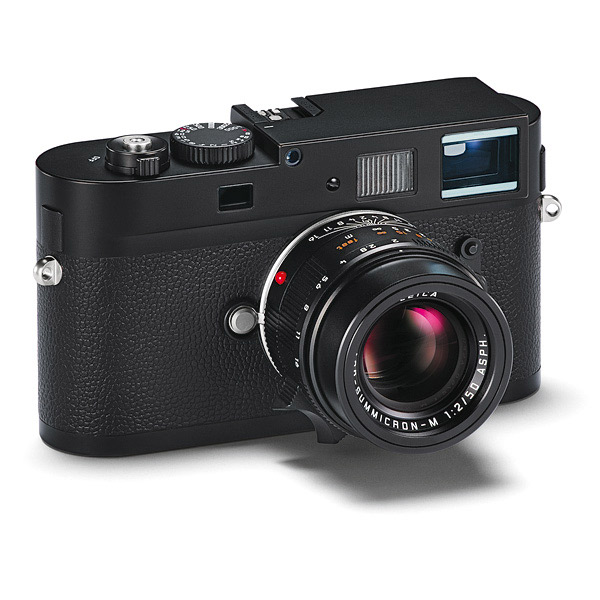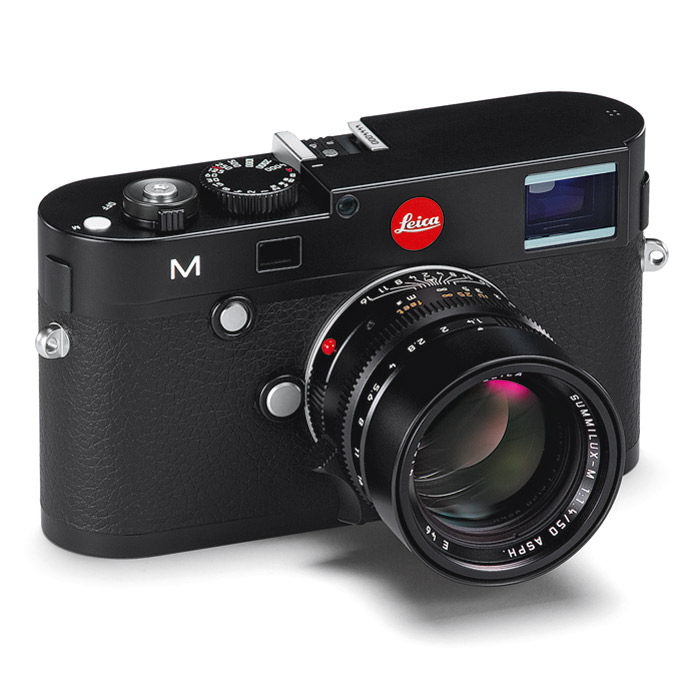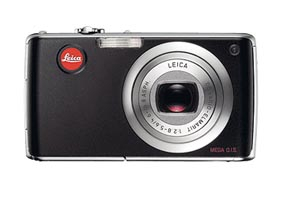Photographer Andy Summers’ “The Bones of Chuang Tzu”
The rock guitarist exhibits his newest black-and-white images at LA’s Leica Gallery


China keeps calling to Andy Summers, and when he travels there he has his trusty Leica M Monochrome at the ready to capture his outsider views of a culture he finds deep and sophisticated. “It’s just like music. My own poetic vision of China,” explains Summers during the week leading up to opening his photography show, “The Bones of Chuang Tzu” (now on view at at Leica Gallery Los Angeles).
To look back to where Summers added photographer to his list of accomplishments, he acknowledges the influence his career in rock music had on his journey. “For me it started when I was with the Police in the beginning of the ’80s,” says Summers. “The band was surrounded by photographers. I was always talking to them about cameras. Eventually I got a camera. Quickly I found that I was obsessed with it. It’s like music to me, another form of expression.”
After shooting on film for years, some nerve-wracking moments at an airport with 90 rolls of film lost during a month of travels in Asia prompted Summers to transition to digital. About the same time, Leica had come out with a monochromatic camera with the same body size as Summers’ own Leica M6. When asked why he always shoots in black and white, Summers says, “The simple answer is I think photography is black and white. The most powerful influences on me in photography in the early days were the classics like Robert Frank, Lee Friedlander, Ralph Gibson, Diane Arbus, and Henri Cartier-Bresson.” He adds, “What made a big impression on me as a teenager was all of the black and white European art films I grew up with,” he says. “Everything from Fellini to Truffaut to Bergman, which were of course in black and white. Later on when I started to take still photography seriously, there was some sort of impulse within me that was trying to recreate that emotion.”

Traveling around the world Summers describes his improvisatory process. “I walk around with my visual consciousness very turned on. It’s not always people’s faces. It might be the edge of a door or something on the ground,” he says. “It’s the stuff that seems to sum it up—metaphors for the culture you are in.” He looks for the graphic quality, the way the light falls, and the texture while he considers how to capture an image. “You feel, as you do it, that you retune your eye, your visual consciousness and you start seeing things.”

Summers acknowledges the connection between his career in music and its influence on his photography. “I have spent my whole life, working at, thinking about and trying to be great at music. I am obsessed with it. A lot of this thinking infiltrates another medium. The qualities I am looking for are musical. That is the condition. You think of music in terms of harmony, line, shape, volume, quietness, dynamics… I think all of those terms can be translated into photography.”
The qualities I am looking for are musical. That is the condition.
“Playing my way through chord sequences. I am used to being in this improvisatory frame of mind,” says Summers. “Like photography, you are waiting to get turned on and suddenly you are in it. This is the way some of the great stuff happens. You can improvise 200 bars of music and there will be 16 bars in there that really hit it. Shooting a roll of film, there will be one or two pictures in there and you are lucky if you get that.”

Though Summers does not intentionally go out of his way to photograph performances, a few of the photographs in “The Bones of Chuang Tzu” depict musicians and dancers. One image shows a man playing a traditional instrument. Summers shot this photograph of the Naxi orchestra in Li Jiang, a province in Yunnan. These men, who are in their 80s, play atonal folk music from the 11th century. “It was a quite marvelous thing for me to witness,” says Summers. “In that situation, having played music all of my life I have a certain rapport that maybe other people don’t see. I can observe the movements of their hands on an instrument. To get a shot that is going to capture it. It’s a rapport from being one of them in a way.”
Next, Summers hopes to pack up his Leica and take it to India, Africa, and Russia. “The Bones of Chuang Tzu” is on now at the Leica Gallery Los Angeles and will run through 4 September 2016.
Images courtesy of Andy Summers












